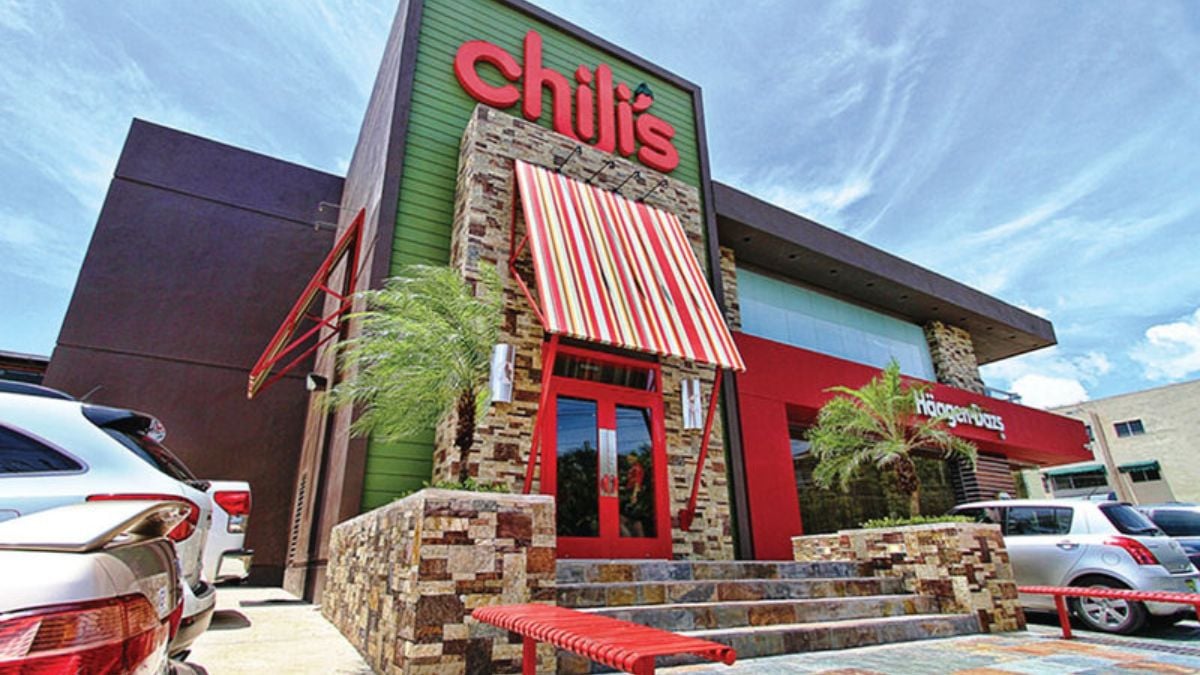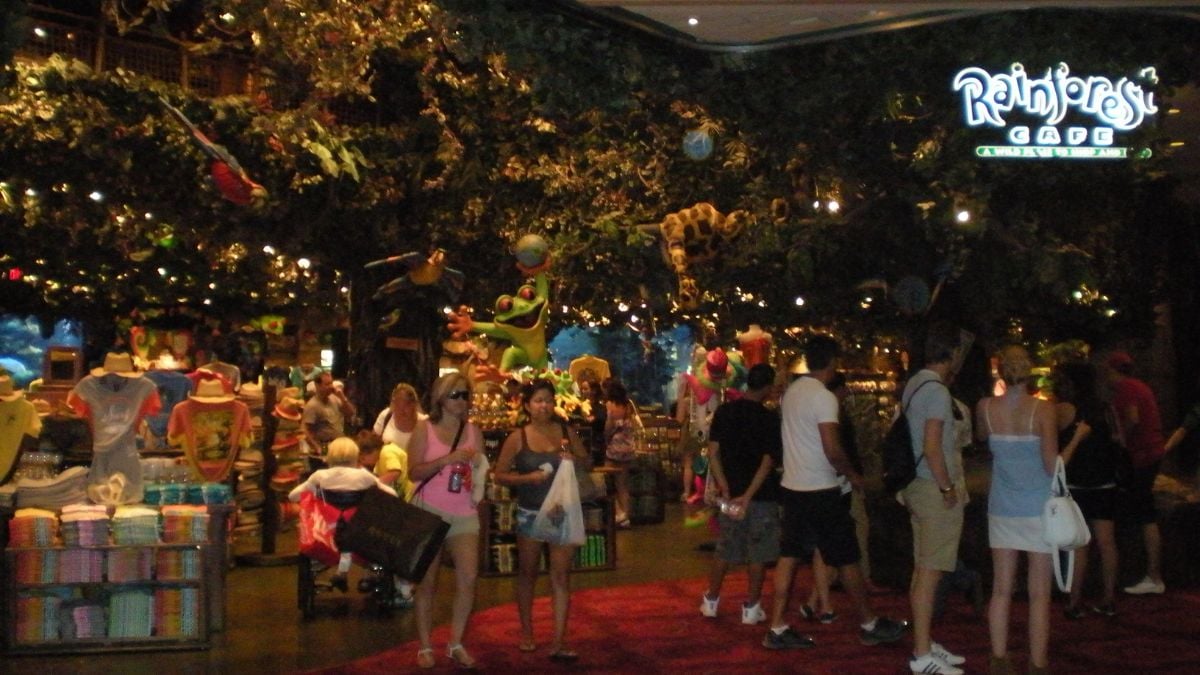Chain restaurants are hoping memories of childhood favorites can pull them back from the brink. For some young diners, the bright lights, endless booths, and classic menus are more than food—they’re “emotional time travel.” Amid economic uncertainty, nostalgia offers a sense of stability in an unpredictable world. But craving a throwback experience doesn’t always translate into repeat visits. The big question: can Gen Z’s fleeting love of retro dining actually revive these struggling chains? Let’s explore how nostalgia, culture, and menu reinventions are reshaping the casual dining landscape.
Emotional Time Travel Sells

For younger diners, stepping into a chain restaurant can feel like stepping back in time. Professor Ana Babic Rosario calls this “emotional time travel.” In uncertain times, these nostalgic experiences feel comforting. Meals become more than eating—they’re memories of stability, family, and simpler days. But can sentimental cravings really sustain a business long-term?
Memories Beat Fast Casual

Some young diners mourn the sense of community older chain restaurants offered. Bea Benares, 27, recalls sitting down with family at Outback Steakhouse. Modern fast-casual spots, like Sweetgreen and Cava, often lack that communal dining vibe. The result? Nostalgia drives a desire for spaces where people linger, chat, and connect over meals.
Chain Fest Proves Gen Z Interest

10,000 attendees flocked to New York’s Chain Fest last fall, a festival celebrating retro chain food. B.J. Novak’s event featured gourmet takes on Red Robin and Cracker Barrel classics. The LA version had a 25,000-person waitlist. These numbers show there’s real excitement, if sometimes fleeting, around nostalgic dining experiences.
The Gen Z Challenge

Gen Z currently makes up only 17% of casual dining patrons. Millennials add 32%, leaving baby boomers and Gen X as the majority. For chains to thrive, younger diners must go beyond nostalgia-driven events and return regularly. Otherwise, retro hype may be just a momentary spike.
Changing Dining Habits

Americans are simply eating out less with family and friends. A Datassential survey found 29% of people dine out less often in groups. Delivery options and fast-casual restaurants have shifted the market. Chains must compete not only for nostalgia but also for convenience and social habits.
Nostalgia Isn’t Always Enough

Even those who love the memories won’t commit to regular visits. Christy Abraham, 28, enjoys the “walk down memory lane” but doesn’t frequent chain restaurants alone. Comfort food cravings are being satisfied elsewhere—Panda Express, newer burger spots, or unique local eateries.
Menu Creativity Matters

Young diners demand more than memory—they want innovation. Nicole Willis emphasizes that fresh, updated menus are key to loyalty. Chains must balance nostalgia with new flavors, trendy items, and creative experiences. Otherwise, they risk alienating both new and older customers.
Chili’s Finds Retro Success

Chili’s revived its ’90s jingle and menu nostalgia, boosting sales 31% in the latest quarter. Mozzarella stick videos and Tiffani Thiessen ads tapped into Gen Z and millennial culture. Brinker International’s CEO sees a new generation “putting Chili’s back in culture again.” Nostalgia plus social media hype can drive measurable results.
Rainforest Cafe Revival

Rainforest Cafe is seeing younger diners revisit childhood favorites. Pop-ups, like the Empire State Building event, attracted 32,000 visitors. Experiences combine food, spectacle, and nostalgia to make dining a social event, not just a meal. It’s proof that the “memory factor” can draw large crowds when executed well.
Smaller Chains See Gains Too

California Pizza Kitchen and Carrabba’s Italian Grill have expanded their Gen Z customer base in recent years. Red Lobster brought back hush puppies after social media backlash from younger diners. Chains must carefully innovate while respecting older patrons’ expectations. Nostalgia alone can’t carry a menu—but strategic adjustments help.
Nostalgia Meets Financial Risk

Updating menus to attract younger diners is a gamble. Baby boomers, a significant portion of the customer base, expect consistency. Chains like Red Lobster tread lightly, balancing innovation with familiar classics. Success depends on keeping old fans happy while attracting new generations.
Retro Packaging and Reboots

Expect more throwback marketing and reimagined menu items. Brands are leaning into Gen Z’s love of retro aesthetics, ’90s references, and viral food trends. But audiences today differ from the ones who originally experienced these chains. Execution must respect both the nostalgia and modern tastes.
Creating New Memories

Ultimately, chains survive by fostering new traditions. Nostalgia draws attention, but repeat visits require meaningful experiences with friends and family. Cozy booths, engaging menus, and community vibes are key. Only then can a retro-inspired revival turn into sustained growth.

